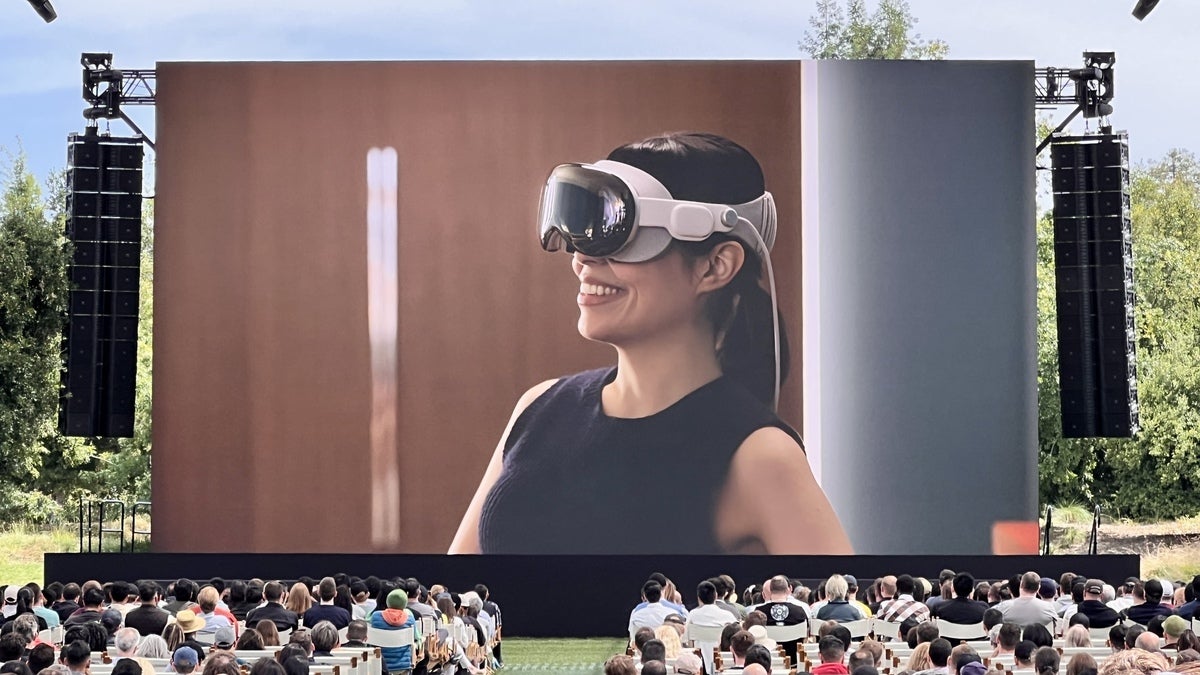Let’s get something out of the way right at the beginning: We already know Apple’s Vision Pro device consists of a bundle of bleeding-edge technologies competitors can’t easily emulate.
How do we know this? Because supply chain reports claim the lenses used in these devices are hard to source. Ergo, they are hard to manufacture. This particular production bottleneck is also a competitive advantage for Apple — it means its solution is hard to imitate. So how can devices only expected to see a few hundred thousand units form the future of computing?
The way I see it, that number is still many multiples of the sales of the Apple 1, and while there’s a big difference between the corporate nature of today’s computer world and the enthusiast counterculture that spawned Apple and Microsoft, the truth is that the future often arrives slowly once the march toward it starts.
Just like climate change, denialists and sketchily funded lobby groups can always invent arguments to minimize the size of the freight train coming down the line. That’s until, like Wile E. Coyote, their arguments land on their head.
An attempt at something greater
With Vision Pro, Apple enters a theoretically crowded market with an experience that is more profound than most. EyeSight, the capacity to show a person’s eyes in the externally facing display represents the company’s philosophical position: it’s about augmenting human experience to amplify and extend the human inside.
This shouldn’t be news; enabling the human has been part of Apple’s DNA since that first Mac. That means these tools will stake space in all kinds of human experiences, from leisure to lyricism, the world of work to the world of thinking about work.
To some extent, these will become personal and professional empowerment tools. But, to paraphrase William Burroughs a little, the future “takes time to grow in.”
Not only does the company see Vision as a complementary platform to augment its other popular platforms, but it brings an operating and development environment already far, far ahead of the alternatives. We also expect to learn of additional platform-unique features inside these devices closer to launch.
The crux of my argument is that comparisons based on potential sales between Vision Pro and iPhone, iPad, or even Apple Watch cannot be seen as good barometers of success. It’s an assessment that trivializes what this is all about.
The appropriate comparator is the Mac, as it is the Mac that these glasses truly replace.
The first Mac sold a few thousand units. Was that failure? Given the influence Apple’s ideas had on Microsoft, and the continuously accelerating market share of the Mac today, those few thousand sales represented great success. The OG PC Apple invented changed the world.
When Apple Reality gets normalized
Apple will eventually wrap all this tech inside devices that appear more like normal sunglasses. It will become normal to wear…
2023-07-11 05:24:02
Original from www.computerworld.com rnrn
